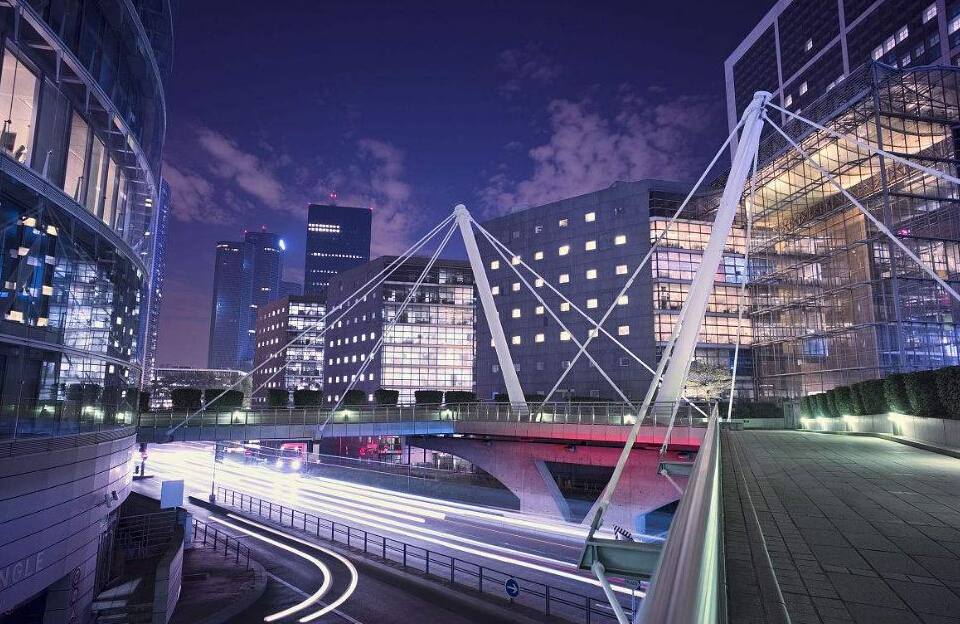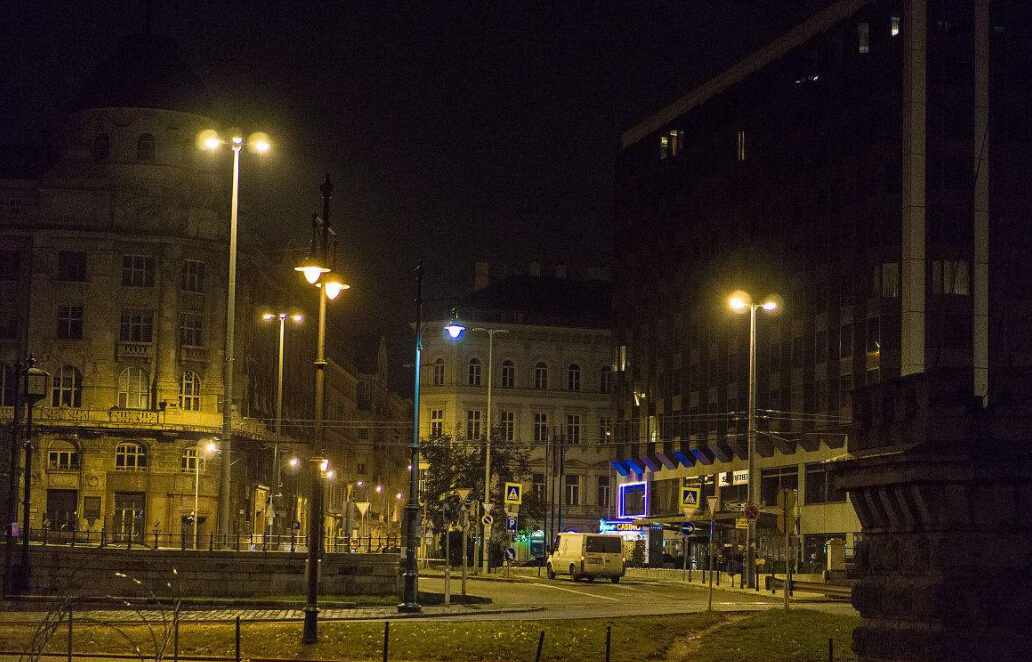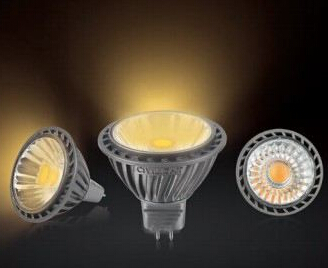Nowadays, the urban landscape lighting is completely different from the light source and control used in the construction of urban lighting in the last decade of the early 1990s. In the past, it was to build urban landscape lighting from lighting, attracting popularity and improving city visibility. The main control function was to turn on and off. With more than ten years of development, after the city lighting has reached a certain demand, the form has also changed from a single gas discharge lamp to a large-scale LED light source and a combination of sound and light such as laser and projection.
I. Drivers of future urban landscape lighting in China
1 major event:
National large-scale events have accelerated the demand for landscape lighting in various places. In recent years, large-scale national events have been held frequently, and landscape lighting has added luster to relevant cities: the G20 summit in Hangzhou shines on the west bank of Xizi Lake, and the night scene of the “BRIC” conference in Xiamen illuminates Gulangyu. Every major national event shows the beautiful night scene of the city where the event takes place to the people of the whole country through media communication, which has triggered the longing for the residents of the localities and also promoted the investment of the local government. From the feedback of industry research, it is from the past two years that the demand for landscape lighting in various places has begun to blow up, and the demonstration effect of the cities where large-scale activities in relevant countries are located is obvious. Large-scale event activities in major cities from 2018 to 2020, the 40th anniversary of reform and opening up, the 70th anniversary of the founding of the People's Republic of China, the 100th anniversary of the founding of the Party, the Boao Forum for Asia, the 18th meeting of the SCO, the China International Garden Expo, the World Horticultural Exposition, 2019 The Wuhan World Military Games and the anniversary celebrations of certain cities will provide a catalyst for the continued development of landscape lighting.
Huairou night lighting for the “Belt and Road” conference

2 Night travel economy:
The economic potential of night travel is huge, and local investment is sufficient. The night travel economy is different from the night market, but it is an economic form based on time-based division. It generally refers to the urban activities in the three-product service industry that occurred from 6 pm on the same day to the next day, and is based on the service industry. The urban economy is further extended in the second time and space. In recent years, the night travel economy has developed rapidly. The American residents have one third of the time, one third of the income, and one third of the land area for leisure, and more than 60% of the leisure activities are at night. In China, Beijing Wangfujing has a peak passenger flow of more than 1 million people in the night market. Shanghai night commercial sales account for 50% of the daytime. Chongqing's 2/3 or more catering turnover is realized at night. The Guangzhou service industry has 55 production value. % comes from the night economy. The city night travel economy has become an important branch of urban construction and development. The increase in people's night activities has further increased the demand for the development of the urban landscape lighting industry.
The night tour has considerable economic benefits and huge potential, which has attracted the attention of local governments and increased willingness to invest. A city with a resident and floating population of 3 million assumes that 10% of the people spend the night shopping, assuming a per capita consumption of 30 yuan, and a large market of 9 million yuan per night, with a annual income of 3 billion yuan. The economic potential of the night travel market is huge, and it is being valued by more and more local governments, and the related investment is growing rapidly.
Qinhuai River Night Tour Economy
3 Urbanization construction:
The continuous advancement of urbanization provides the most original driving force for landscape lighting. China's urbanization rate has jumped from 17.90% in 1978 to 58.52% in 2017, but there is still a large gap between the average urbanization rate of 80% in developed countries. In the future, China's urbanization rate is likely to continue. Maintain a steady growth trend. The state plans to cultivate about 1,000 characteristic towns by 2020. At present, 403 have been approved. The average investment of a single characteristic town is about 5 billion yuan, and the proportion of landscape lighting is about 2%-3%. The landscape lighting market space is about 1000-450 billion yuan.
In the middle and late stages of urbanization development, residents' demands for urban quality are constantly improving. Landscape lighting is closely related to urban economy, culture, society and natural factors, and plays an important role in shaping the overall image of the city. With the continuous advancement of urbanization, the demand for lighting by urban residents has been upgraded from the initial “light up” to “beautiful”.
The domestic landscape lighting market has grown rapidly and is currently over 60 billion. According to the survey data of the High-tech Research Institute LED Research Institute (GGII), the scale of the landscape lighting market will continue to increase due to the promotion of policy promotion in various countries or regions around the world. In 2017, the global landscape lighting market will reach 275 billion yuan, of which the scale of the Chinese market. It has reached 68 billion yuan, a year-on-year increase of nearly 22%. China has become the world's largest landscape lighting market.
GGII expects that the size of China's landscape lighting market will reach 78 billion yuan in 2018, an increase of about 15%. It is expected that the growth rate will be maintained at more than 10% during the 13th Five-Year Plan period. By 2020, the industry scale will reach nearly 100 billion yuan.
In addition, since the most commonly used lamps for landscape lighting are LED lamps, the National Semiconductor Lighting Engineering R&D and Industry Alliance (CSA Research) statistics show that in 2017, China's LED application market reached 534.3 billion yuan, an increase of 24. 7%. Among them, landscape application accounted for 14.9%, and the scale was estimated to be 79.6 billion yuan, a substantial increase of 37.6%. This data magnitude is also very close to the GGII data.

Third, the urban landscape lighting future projects continue to increase in size, the importance of culture and technology
The trend of large-scale projects has been remarkable. In recent years, with the increasing emphasis of local governments on landscape lighting, the promotion of superimposed municipal PPP business models and the intensive holding of large-scale conference activities, the related investment has been continuously increased, and the landscape lighting project is large. The trend is significant, and the volume of orders for related companies continues to increase.
From simple municipal landscape lighting to the cultural travel market, emphasizing and cultural excavation ability With the rapid development of the cultural travel industry, landscape lighting can significantly enhance the night viewing effect of the cultural tourism project and increase the stay time of tourists, while the night travel economy can be Significantly enhance the consumption of passengers in the project and the scenic area, and the application of landscape lighting in the travel industry has been continuously promoted. At the same time, landscape lighting reveals the cultural connotation and customs of the location of the cultural tourism project through visual and intuitive forms, and enhances the medium and long-term profitability of the cultural tourism project by combining with the operation.
The characteristic town has entered a comprehensive promotion period, adding more power to urbanization, and landscape lighting is expected to benefit substantially. In July 2016, the Ministry of Housing and Urban-Rural Development, the National Development and Reform Commission, and the Ministry of Finance promulgated the "Notice on the Cultivation of Characteristic Towns", clearly stating that by 2020, China will cultivate about 1,000 unique and vibrant towns. It accounts for 5% of the country's established towns. Since then, various local provinces and cities have also introduced plans for the construction of provincial-level characteristic towns. Since then, a series of in-depth measures have been continuously introduced, and local governments have introduced relevant rules to implement the concept of “characteristic towns”. In October 2016, the Ministry of Housing and Urban-Rural Development announced the first batch of 127 “special towns”. In August 2017, the second batch of 276 “special towns” was announced again. The characteristic town has now entered a comprehensive promotion period, and the construction of the characteristic town is accompanied by a large number of landscape projects. Landscape lighting is an important part of it and is expected to benefit in essence.
















 RCCN WeChat QrCode
RCCN WeChat QrCode Mobile WebSite
Mobile WebSite







